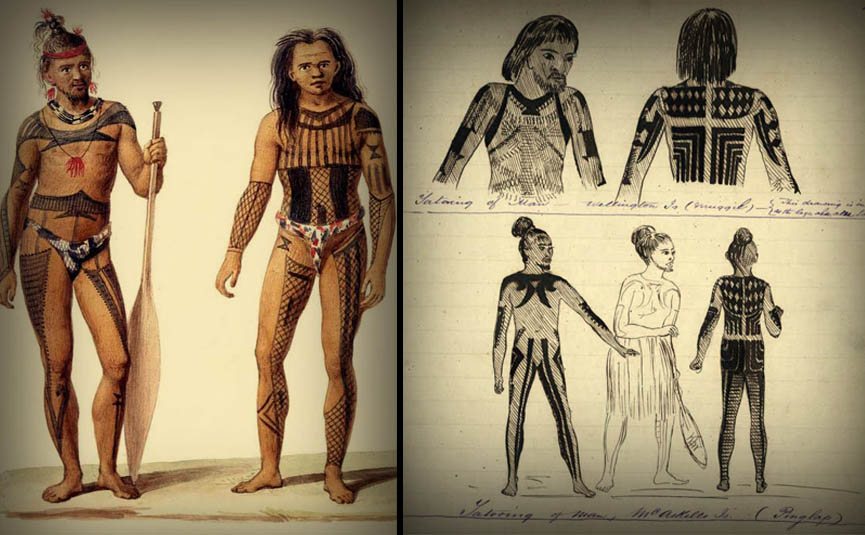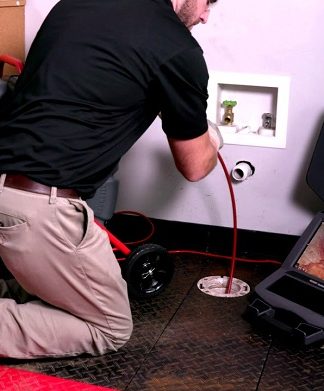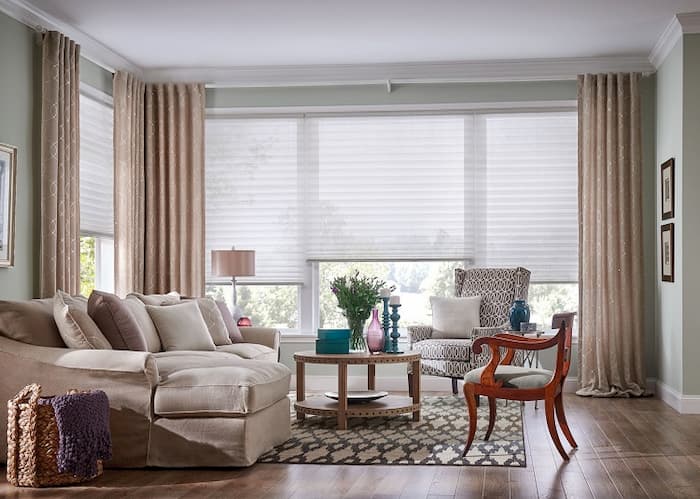In a highly demanding and stressful environment, health workers need to be able to act quickly and effectively. Every second counts and any wrong move could mean life or death. To make things even more challenging, they are often required to work long hours in uncomfortable positions and conditions.
With so many potential risks and hazards, being properly equipped for the task is of the utmost importance. Personal protective equipment (PPE) is a crucial piece of gear for healthcare workers as it helps to create a barrier between them and the dangers they face on the job. It strikes the perfect balance between function and safety, and when combined with good ergonomics, can also help to reduce fatigue and improve comfort.
What Are the Main Types of Medical Protective Gear?

The specifics regarding the safety equipment doctors and nurses need will depend on their particular roles and the settings in which they work. However, there are some common items that are essential for all health workers to have, mainly due to their versatility and the high level of protection they offer.
Medical Scrubs
Perhaps the first line of defence against potential hazards, a set of durable nursing scrubs is the standard uniform for healthcare professionals. They’re usually made from light and breathable fabrics, which help keep the wearer cool and comfortable during long shifts. They come in both short and long-sleeved varieties, and some even have integrated sun protection.
While nursing scrubs alone don’t provide much in the way of protection, they can be worn over other layers of clothing, such as a long-sleeved shirt, to create an extra barrier between the skin and any harmful substances. Not only does this provide an extra level of safety, but it also helps to keep the uniform clean and in good condition.
Plus, having easily recognisable clothing can be important in a fast-paced and chaotic environment, as it helps coworkers and patients identify who is part of the medical team. Despite their neutral-coloured design, they can also be accessorised with colourful stethoscopes, lanyards and other items to add a personal touch.
Doctors normally wear scrubs when they’re carrying out procedures or working in areas where there is a risk of exposure to blood or other bodily fluids. Nurses often wear them during their everyday duties, such as taking patient observations and checking medical records. Regardless of the setting, all health workers should have a few sets of scrubs on hand to ensure they’re always prepared for any emergencies that may come their way.
Medical Gowns
Next up on the list of medical protective gear are gowns. These are loose-fitting garments that are typically worn over scrubs or other clothing. They vary in style, but most have long sleeves and come down to at least knee-level to provide maximum coverage. The longer length also helps to prevent any skin-to-skin contact, which is important for preventing the spread of infection.
Gowns are usually made from disposable materials, such as paper or plastic, which can be easily removed and thrown away after use. This helps to reduce the risk of cross-contamination, and ensures that they’re always clean and hygienic. Some types of gowns, such as those made from thicker materials, can be reused after being disinfected.
Medical Gloves

Seeing as healthcare professionals are constantly handling patients, medical equipment and bodily fluids, having those all-important barrier layers in the form of gloves is critical. They help to keep the hands clean and free from any harmful substances, and also protect the skin from potential cuts and grazes.
The size and fit of the gloves should accommodate the hands snugly, but not so tight that they restrict movement. They should also be long enough to cover the wrists, as this helps to prevent any contaminants from coming into contact with the skin.
Face Masks
Long before the COVID-19 pandemic made face masks a household item, they were a staple in the medical world. They’re designed to protect the wearer’s nose and mouth from coming into contact with potential hazards through airborne droplets. This is especially vital in settings where there is a risk of exposure to infections or other harmful substances.
Masks come in different shapes and sizes, but the most common type used in healthcare is the surgical mask. These have a three-ply design consisting of an outer layer made from a hydrophobic material, a middle filter layer and an inner layer made from absorbent material. This helps to keep the wearer’s airways free from any harmful particles, while also minimising the risk of them passing on any infections.
N95 masks offer a higher level of protection than surgical masks, as they’re designed to filter out at least 95% of all airborne particles, hence the name. They’re not necessarily more comfortable to wear, but the extra layer of protection they provide is invaluable in settings where safe air quality can’t be guaranteed.















